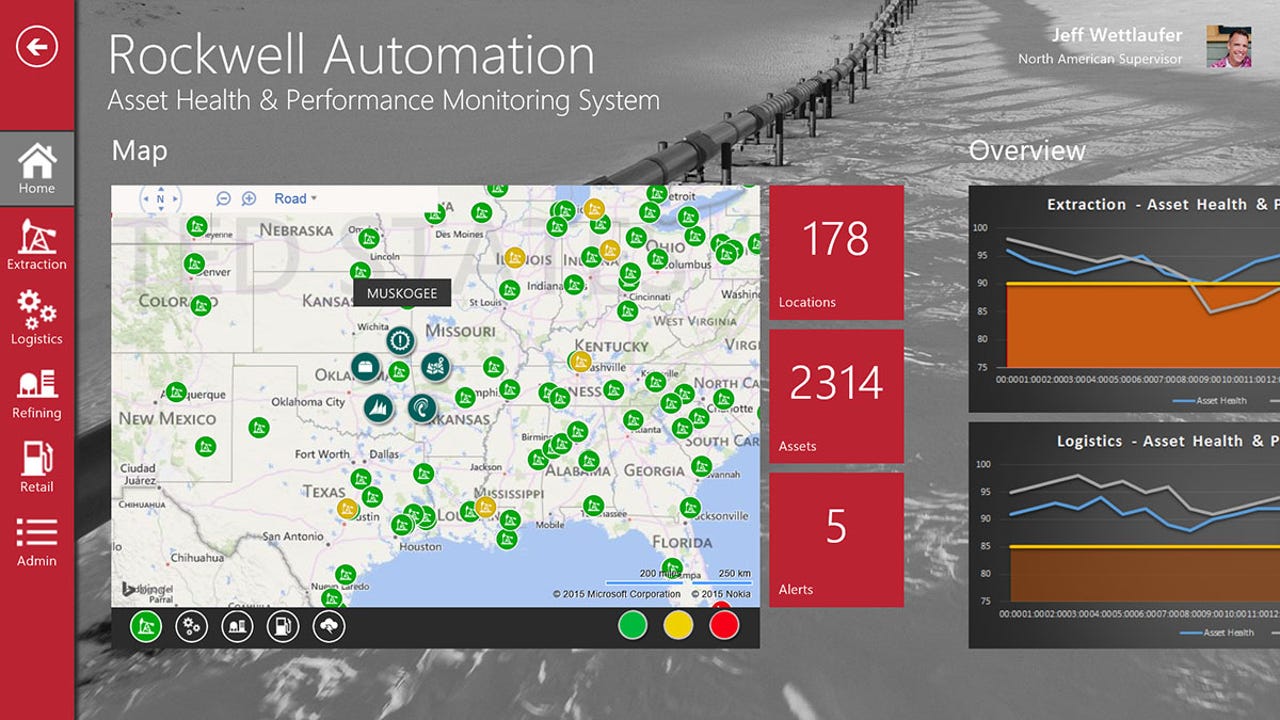Microsoft fleshes out Azure, Windows 10 Internet of things plan


Microsoft on Monday highlighted how it plans to combine it Azure cloud service and Windows 10 to be more of an Internet of things player.
The company at its Convergence conference in Atlanta launched the Azure IoT Suite, a cloud service to enable billing, monitoring and analytics for Internet of things deployments. The IoT suite will be available in preview later this year.
More: Microsoft CEO Nadella: Windows 10 is an IoT play too | Microsoft's Windows 10 for IoT: What to expect | Microsoft acquires Revolution Analytics | Microsoft acquires legal-focused machine-learning vendor Equivio
According to Microsoft, the Azure IoT Suite will offer tools to cover various use cases such as predictive maintenance and asset management. Azure Stream Analytics will be available next month as part of the suite.
The game plan for Microsoft is to use Azure as a linchpin for corporate IoT deployments. Rockwell Automation was highlighted as a customer aiming to pull together various Azure services to manage IoT deployments.
Microsoft also said that it will offer versions of Windows 10 for IoT deployments. The idea is that Windows 10 will be able to use one platform to reach everything from robots to IoT gateways and sensors. CEO Satya Nadella has told corporate customers that Windows 10 will be an IoT platform too.
Put Azure and Windows 10 together and it's clear that Microsoft wants to be the glue for IoT deployments. If successful, Microsoft will be able to move from desktop dependent deployments for Windows, gloss over a mobile device strategy that hasn't panned out and hop to IoT, a market that will show exponential growth for years to come.
In April, Microsoft previewed an Azure service designed to manage and capture machine data.